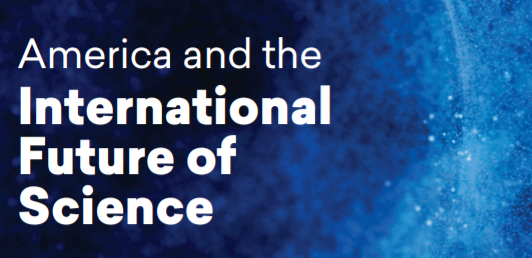Source: amacad.org
America and the International Future of Science, a report from the American Academy of Arts & Sciences’ multiyear initiative Challenges for International Scientific Partnerships (CISP), arrives during one of the most turbulent times for international scientific engagement in U.S. history. Its lessons are timely and vital for scientific leaders and policy-makers now and in the years to come.
According to AMACAD, while many U.S. policies and practices related to international scientific cooperation originated in the decades following World War II when U.S. R&D spending eclipsed that of all other nations, that spending now constitutes only about one-quarter of global R&D expenditures. As R&D investments and international scientific talent have increased, U.S. is increasingly conducting research with international collaborators. international scientific collaborations, including with nations with which the United States has strained relations, such as China. Any restrictions on international collaborations involving federally supported research should be well justified and carefully and narrowly defined.
The report offers the following conclusions:
| 1. | The United States should expand and support international scientific collaborations, including with nations with which the United States has strained relations, such as China. Any restrictions on international collaborations involving federally supported research should be well justified and carefully and narrowly defined. |
| 2. | The United States should be prepared to participate in international large-scale science partnerships and ensure their success, including contributing support for operations outside the United States. |
| 3. | Emerging science partners around the world are and will continue to be important scientific collaborators. The United States should support and join them in scientific research. |
To read the full report, click here.

